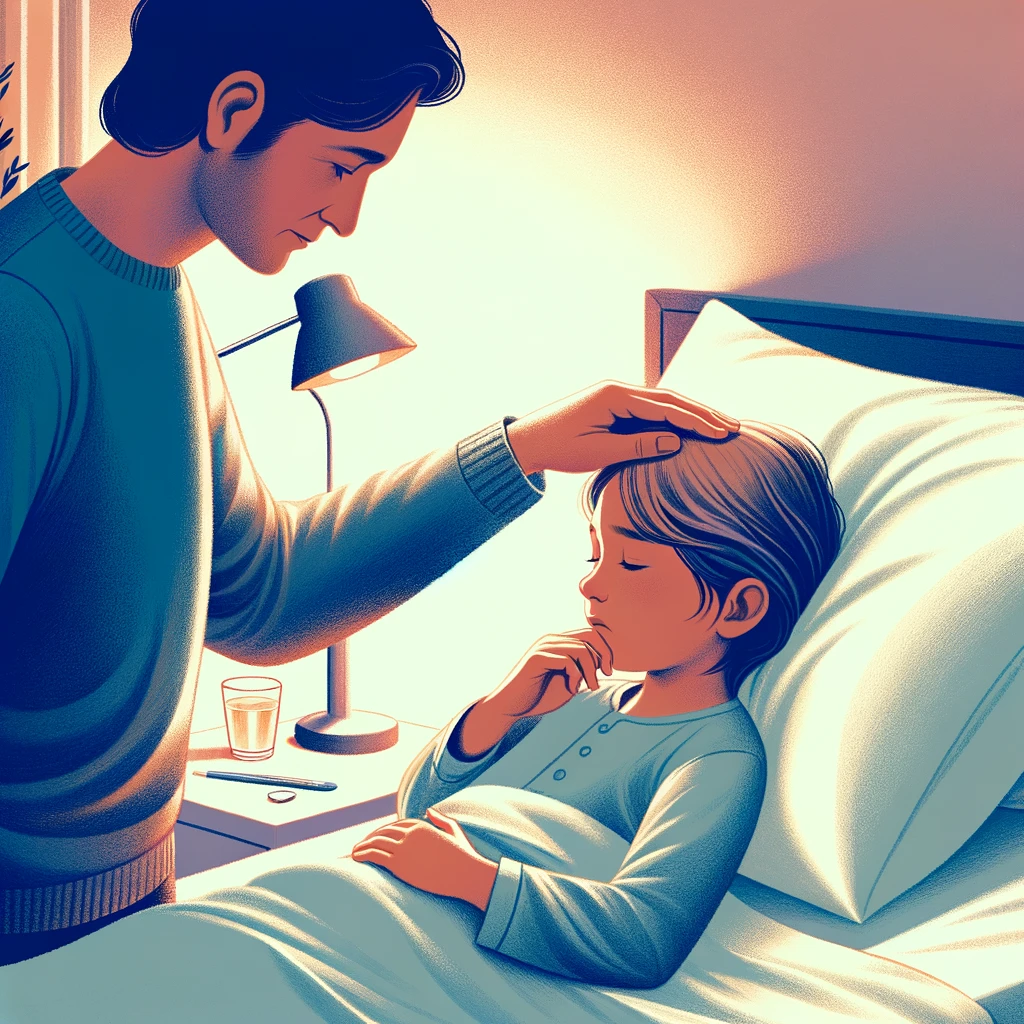
The cry-it-out method is a topic of heated debate among parents and experts alike. This approach suggests letting a baby cry themselves to sleep without parental intervention. It aims to teach self-soothing. However, growing evidence and expert opinion suggest it might not be the best method for all families. Here are seven reasons why the cry-it-out method may not be effective. Research, expert insights, and the collective experiences of parents all support them.
1. Emotional Stress for Babies and Parents
The cry-it-out method can cause significant emotional stress for both babies and their parents. Infants, unable to understand why their cries for comfort go unanswered, may experience heightened levels of anxiety and distress. For parents, the sound of their baby’s persistent crying can be heart-wrenching. This leads to feelings of guilt and helplessness. This method contradicts the instinct to comfort and nurture, harming the parent-child bond.

2. Potential Impact on Long-term Emotional Health
Research suggests that prolonged crying episodes can affect a baby’s developing brain. It leads to emotional health issues down the line. Babies rely on their caregivers’ responses for emotional regulation. When their needs are consistently not met, it can lead to an insecure attachment style and difficulties in managing emotions and stress in later life.

3. Misunderstanding Baby’s Sleep Patterns
The cry-it-out method oversimplifies baby sleep patterns. Babies naturally wake up during the night for feeding and comfort. Expecting them to sleep through without these needs being met overlooks the biological reality of their development stage. This misunderstanding can lead to unrealistic expectations and frustration for parents.

4. Conflicting Advice Leads to Confusion
Parents are bombarded with conflicting advice on sleep training. From books to online forums, the varying opinions on the cry-it-out method can leave parents feeling confused and uncertain about the best approach for their child. This confusion can undermine parents’ confidence in their decision-making.

5. Increased Stress and Judgment from Society
Parents who use or avoid the cry-it-out method often face judgment from others. This increases their stress levels. This social scrutiny can come from family, friends, or even strangers, adding an unnecessary layer of pressure on parents already navigating the challenges of raising a child.

6. Ignoring the Unique Needs of Each Child
Each child is unique. A one-size-fits-all approach like the cry-it-out method doesn’t account for individual differences in temperament, development, and the need for comfort. What works for one child might not work for another. This makes it crucial for parents to adapt their approach based on their child’s specific needs.

7. Potential for Misuse or Overuse
There’s a risk that the cry-it-out method can be misused or overused by parents who may not fully understand its intended application. Any sleep training method must be used with a clear understanding of its guidelines and limitations to prevent potential negative impacts on the child’s well-being.
8. Long-Term Relationship Strain
The cry-it-out method can potentially strain parent-child relationships over the long term. It’s built on the idea that babies should learn to soothe themselves by crying themselves to sleep, which can lead to feelings of abandonment and distress. As children grow, this early experience of not having their emotional needs promptly addressed might translate into trust issues and emotional distance. Parents may find it more challenging to connect with their child on a deep emotional level, leading to misunderstandings and a lack of closeness in the relationship. Understanding and addressing a child’s needs, especially during infancy, is crucial for building a strong foundation of trust and emotional security that lasts a lifetime.
Embrace a Gentler Approach to Sleep Training
Exploring alternatives to the cry-it-out method can lead to methods that respect both the child’s and the parent’s emotional and physical needs. If you’re looking for a more gentle approach to sleep training, consider methods that promote secure attachment, respond to your child’s needs, and encourage a positive sleep association. Remember, what’s most important is finding a strategy that works best for your family’s unique situation.
Read More
14 Things We Used to Do at Sleepovers That Kids Today Would Find Bizarre
The Top 15 Parenting Myths Debunked by Child Psychologists

Shatel Huntley has a Bachelor’s degree in Criminal Justice from Georgia State University. In her spare time, she works with special needs adults and travels the world. Her interests include traveling to off-the-beaten-path destinations, shopping, couponing, and saving.



Leave a Reply